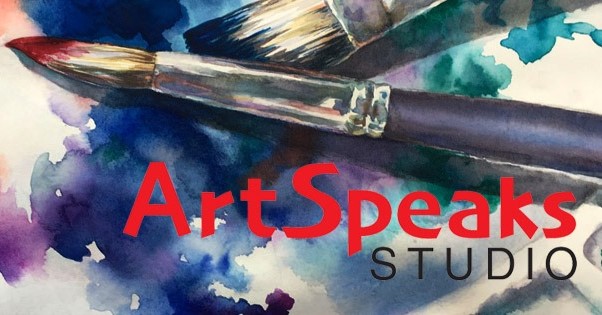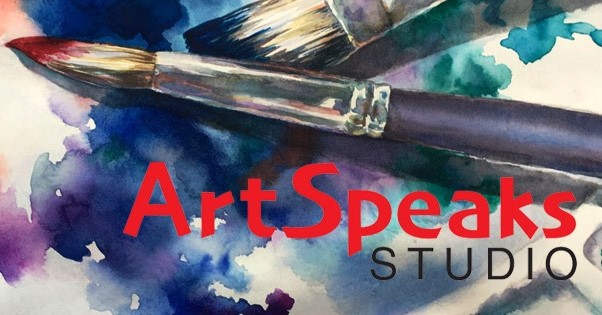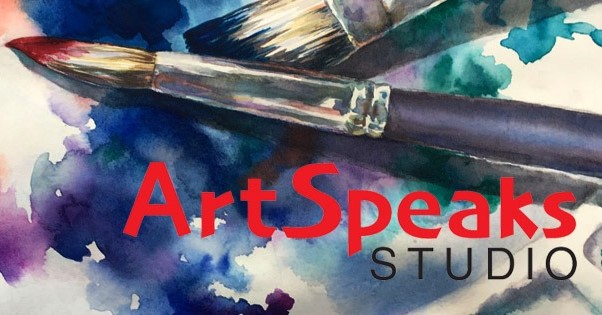There are two basic approaches to painting, Alla Prima or Direct Painting and Indirect Painting. The process of doing paintings in these ways is quite different in watercolor. Direct painting is done quickly and more intuitively than Indirect Painting which takes much longer and is more deliberate. In this video we look at the differences between them and why artists choose one over the other. Watch this short video to find out more.
Script: Direct (Alla Prima) vs Indirect Painting
Barbara Coleman, “Tres Pistoles,” Oil Painting
There are two broad approaches to painting, regardless of the medium. Alla Prima means “at first attempt” in Italian and was first used to describe an approach to oil painting when paint is applied wet on wet without letting earlier layers dry. This painting by Barbara Coleman is an example of an oil painting done directly, or Alla Prima.
In watercolor, that would result in paintings that were entirely soft edged with no hard edges and that is only conducive to paintings of subject matter that is encased in a heavy fog or scenes observed through frosted glass. It would also require the artist to finish the painting before water can dry.
William Wassenberg, “Along the Coast,” 18” X 22” vs Beatrice Trautman, “Sierra Sentinel,” 20” X 24”
In watercolor, the definitions for Direct Painting and Indirect Painting are pretty clear. Direct Painting means painting in one sitting and Indirect Painting involves more than one painting session. This results in paintings where the effects in the picture are built up gradually with multiple layers of paint and each layer is transparent and reveals the lower layers.
Angela Barbi, “A New Beginning,” 15” X 22” Watercolor
There are big advantages to each approach. Direct Painting requires painters to apply paint boldly and quickly so that the painting is finished quickly and efficiently in a short period of time. If preliminary planning like value studies are done, the finished paint quality is uncomplicated and direct.
Joan Boryta, “Winter Blue”, 11” X 14” Watercolor
It is often used when painting on location en plein air but is also used in the studio with a live model or other subject matter. The key is that, while there may be layering of paint from successive applications, it is not carefully layered with attention to nuanced paint quality. The application of the paint is quite spontaneous.
Charles Reid, “Lady in Pink,” 24” X 18”, Watercolor
Direct Paintings tend to be dynamic with looser brushwork with strokes being visible. This creates a sense of energy.
Trish Poupard, “Huntington Cactus” 20’ X 14” Watercolor
Yinghao Bao, “Voice of Fall,” 18.5” X 29.5” Watercolor
Zhou Tianya, “Praying,” 22” X 15” Watercolor
Indirect Painting is more deliberate. Shapes are usually more intentional and premeditated. Layers are more nuanced and colors tend to more sophisticated. The process is much slower and more reflective. Paintings can take quite a while to do.
Direct Painting is quicker. There tend to be more failed paintings, but more paintings are completed. The more time it takes to complete a painting, the fewer paintings that are finished.
The decision about whether to paint directly or indirectly is based upon a number of factors but the most important one is the personality and temperament of the artist. Painters who like to take their time and get things right, are detail oriented and enjoy subtlety are more likely to paint indirectly. Direct painters are often impatient with long processes and enjoy making quick decisions and being spontaneous. There is no right or wrong way to make art, but it helps to pay attention to how you approach the process of painting and then adapt it to suit your disposition. Whether you are a direct or indirect painter predominantly, I wish you happy painting.
#AllaPrima, #DirectPainting, #IndirectPainting, #Watercolor
https://www.youtube.com/watch?v=nmd20DZ0IMs&ab_channel=ArtSpeaksStudiobyKayByfield





Comments